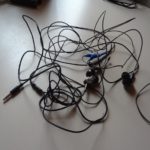5 common mistakes people make when renovating a bathroom
Repair is always a very troublesome and costly undertaking. But none of the rooms in the house causes as many problems for the owners in this regard as the bathroom. In addition to all the inconveniences created directly by the repair process, there is also the specificity of the work, and expensive building materials that will be used in conditions of constantly high humidity. Therefore, it is important to do everything correctly and without errors. Let's look at 5 common mistakes that are made when renovating a bathroom.

The content of the article
The first mistake is poor waterproofing
Waterproofing is one of the most important stages when carrying out renovation work in the bathroom. After all, it will protect against water and moisture getting outside the room. But if the protective layer was laid poorly or completely forgotten about, then problems will not be avoided.
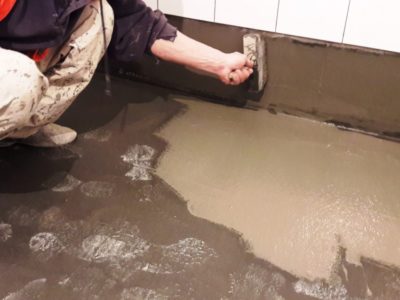
There are many ways to organize floor waterproofing, but they have the same goal - to create a continuous coating that is shaped like a pallet with sides on walls up to 20 cm. A high-quality and reliable layer of waterproofing will not let water into the floors and will protect them from destruction, rot and mold.
If it is discovered that there is no waterproofing under the rough screed, then a liquid or paste waterproof mixture should be applied before laying the facing tiles.
Mistake two - lack of hood
Poor air circulation in the bathroom is not only a foggy mirror, it is fungus and mold from excessive humidity. Ventilation can occur naturally, through ventilation openings, which are necessarily provided when designing the house in accordance with the standards. But natural ventilation has a drawback - it cannot quickly cope with a large volume of moisture. Forced ventilation is also possible using an exhaust fan placed in the ventilation duct.
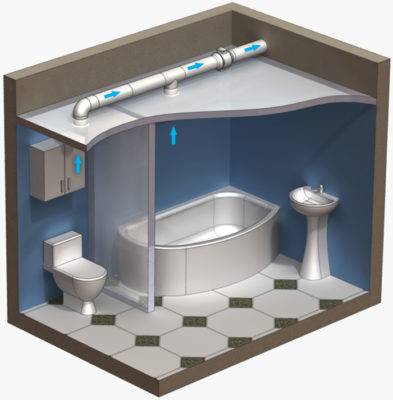
Fans can be of several types: with a timer, a humidity sensor, and also with two modes.
Error three - pipes are hidden in the wall
Aesthetics and beauty are the motto of every renovation. That is why it is now so fashionable to lay pipes along grooves in the wall and cover them with facing tiles. But this is an unreliable option, since pipes can leak even if they are walled up in the wall, and it will be impossible to find the breakdown and repair it. Therefore, when planning, it is worth considering other options for masking communications.
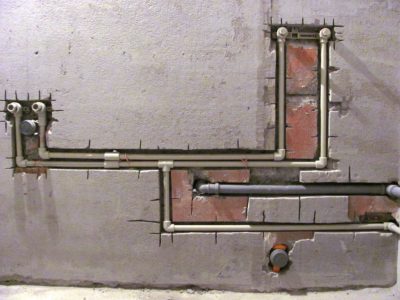
The simplest thing is to hide the wiring behind the furniture. Or build a box from plasterboard, installing a hatch in it, through which you can always get to the connections and fix the breakdown.
Mistake four: cutting corners on materials
The bathroom is a room that is in constant humidity.
To renovate and decorate a bathroom, you need to choose materials suitable for use in a damp environment.
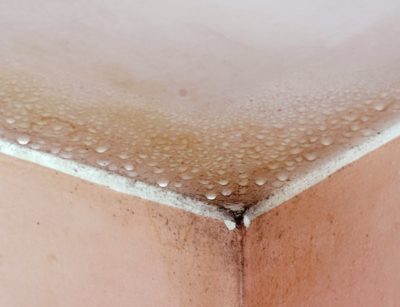
Correct selection of materials
If you plan to build structures from plasterboard, then it must be moisture resistant. In the store it is easy to distinguish it from the usual one by color - the moisture-resistant cardboard is green, and the regular one is grey.
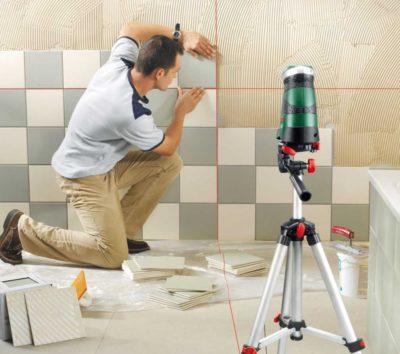
Also, when choosing a primer, you need to pay attention to special compositions for bathrooms. They contain an antiseptic that will prevent the appearance and proliferation of mold and fungi. The tile should not have a porous structure; it can be matte, glossy, combined, but at the same time it must be smooth. Because water and soap deposits will accumulate in the pores, and this can lead to loss of decorativeness and gradual destruction of the facing material.
Error five - the electrical wiring is done incorrectly
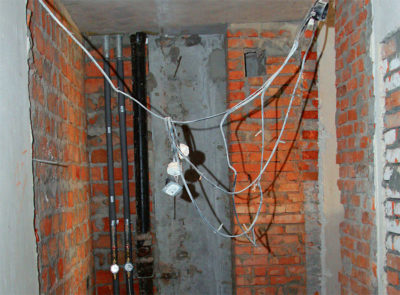
Water, humidity and electricity are dangerous neighbors. Therefore, when installing electrical wiring in the bathroom, you must follow the rules and regulations developed for this room:
- only whole pieces of cable are used that come from the external junction box, no connections or twists;
- sockets are placed no lower than 90 cm from the floor and no closer than 70 cm from the bathtub or washbasin;
- Sockets must be grounded.
It is better to prevent mistakes in the beginning than to correct them later.


